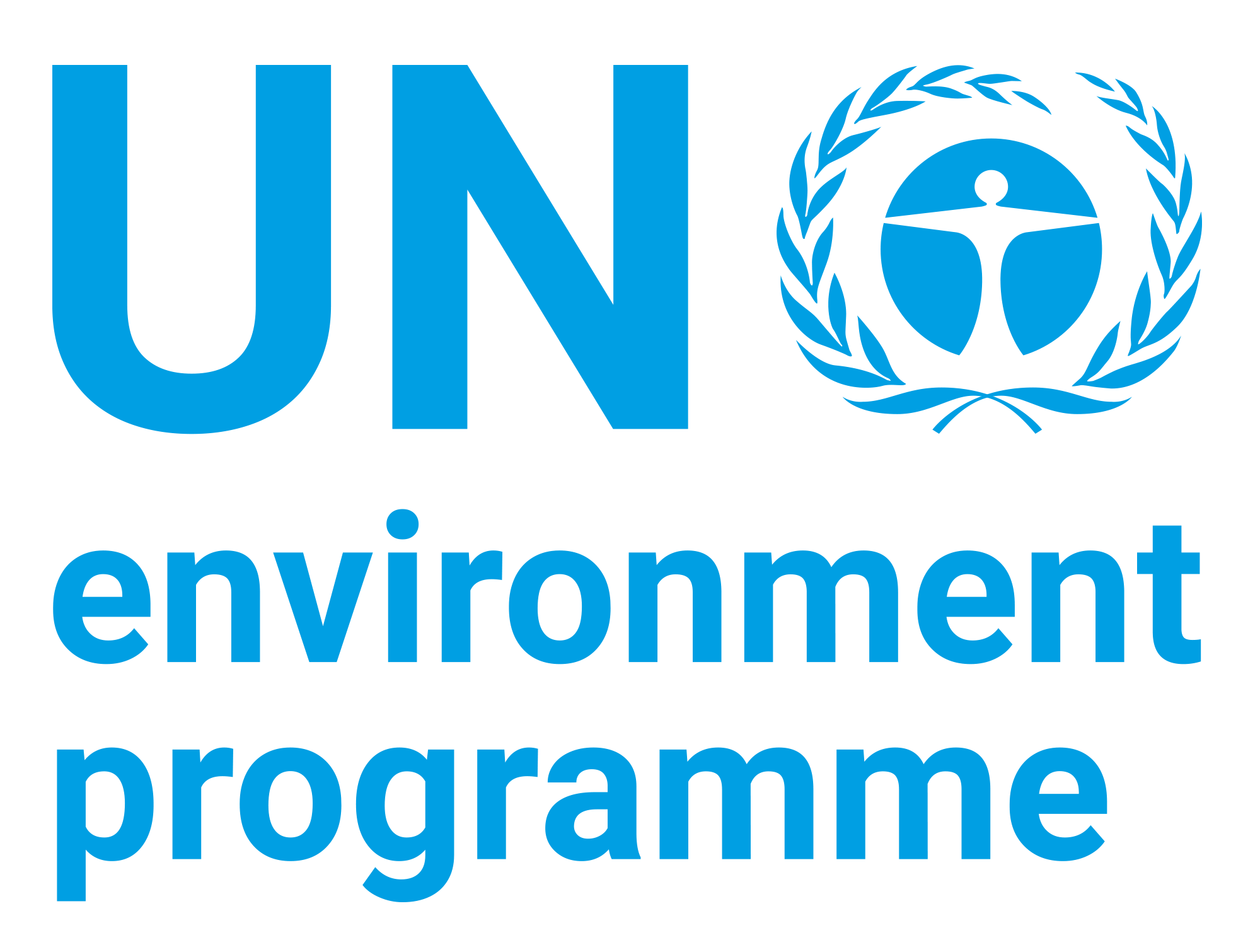Commonly Traded HCFCs and Mixtures Containing HCFCs - Post-Kigali Update
| dc.contributor | Law Division | en_US |
| dc.contributor.author | United Nations Environment Programme | en_US |
| dc.date.accessioned | 2019-05-22T15:46:23Z | |
| dc.date.available | 2019-05-22T15:46:23Z | |
| dc.date.issued | 2016 | |
| dc.identifier.uri | https://wedocs.unep.org/20.500.11822/28363 | |
| dc.description | 1. Ozone Depleting Potential, Montreal Protocol ‘reporting’ values, Montreal Protocol Handbook, 2012. 2. Global Warming Potential, WMO Scientific Assessment Report, 2014 3. A1 = Lower toxicity, no flame propagation (non-flammable); B1 = Higher toxicity, no flame propagation (non-flammable); A2 = Lower toxicity, flammable 4. Code 2903.79 covers also other HCFCs which have not been assigned a separate HC code | en_US |
| dc.format | Text | en_US |
| dc.language | English | en_US |
| dc.language | French | en_US |
| dc.relation.ispartof | OzonAction | en_US |
| dc.rights | Public | en_US |
| dc.subject | hydrochlorofluorocarbon | en_US |
| dc.title | Commonly Traded HCFCs and Mixtures Containing HCFCs - Post-Kigali Update | en_US |
| dc.title.alternative | HCFC et Melanges de HCFC les Plus Courants dans le Commerce | en_US |
| wd.identifier.sdg | SDG 13 - Climate Action | en_US |



